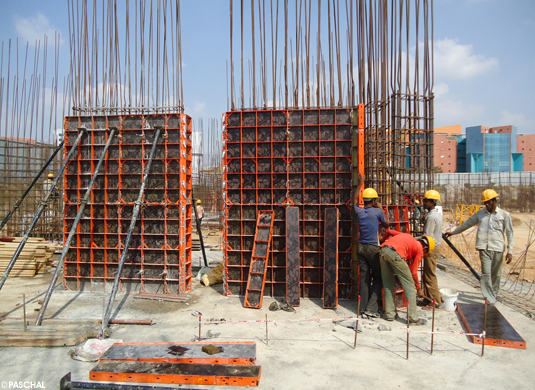In the pursuit of sustainable construction practices, the choice of materials plays a crucial role in minimizing environmental impact. One material that has emerged as a leader in this arena is stainless steel, particularly Stainless Steel 310 pipes. Known for their exceptional properties, these pipes offer significant environmental benefits that align well with the goals of sustainable construction.
1. Durability and Longevity
One of the most compelling environmental benefits of Stainless Steel 310 pipes is their durability and longevity. Unlike many other materials that degrade over time, Stainless Steel 310 is renowned for its ability to withstand harsh conditions. It exhibits remarkable resistance to high temperatures, oxidation, and corrosion, which means it has a much longer service life. This extended lifespan reduces the need for frequent replacements and repairs, which in turn minimizes waste and the environmental footprint associated with manufacturing and disposing of replacement materials.
2. Reduced Maintenance Requirements
The robust nature of Stainless Steel 310 pipes also translates into lower maintenance requirements. This reduction in maintenance needs not only decreases the consumption of resources over the pipe’s lifetime but also minimizes the frequency of inspections and repairs. By reducing the need for maintenance, Stainless Steel 310 pipes help to lower the overall environmental impact of a construction project, as less energy and fewer materials are required for upkeep.
3. High Recyclability
Recycling is a cornerstone of sustainable construction, and Stainless Steel 310 pipes are highly recyclable. Stainless steel can be recycled indefinitely without losing its quality, which means that even after their useful life, these pipes can be melted down and repurposed into new products. This recyclability significantly reduces the demand for virgin materials, conserves natural resources, and lowers greenhouse gas emissions associated with the production of new steel.
4. Energy Efficiency
The use of Stainless Steel 310 pipes can contribute to energy efficiency in construction projects. Their superior thermal resistance helps to maintain temperature stability within systems, which can lead to reduced energy consumption for heating and cooling. For instance, in industrial applications, Stainless Steel 310 pipes are often used in high-temperature environments where their ability to resist thermal expansion and contraction reduces the need for additional energy inputs to manage temperature fluctuations.
5. Lower Carbon Footprint
The environmental benefits of Stainless Steel 310 pipes extend to their production process as well. While the initial production of stainless steel involves significant energy consumption, the material’s durability and longevity mean that its overall carbon footprint is lower compared to materials with shorter lifespans. Additionally, the ability to recycle Stainless Steel 310 pipes means that much of the production energy can be offset by reusing existing materials, further reducing the carbon footprint associated with their use.
6. Resistance to Environmental Stressors
Stainless Steel 310 pipes are particularly valued for their resistance to environmental stressors such as extreme temperatures, chemicals, and corrosive substances. This resistance ensures that they remain functional and reliable in a wide range of environments, including those that may be challenging for other materials. By maintaining their integrity in harsh conditions, Stainless Steel 310 pipes reduce the need for additional protective measures or replacements, contributing to a more sustainable construction approach.
7. Contribution to Green Building Standards
Incorporating Stainless Steel 310 pipes into construction projects can also support compliance with green building standards and certifications. Many green building frameworks, such as LEED (Leadership in Energy and Environmental Design), recognize the use of sustainable materials that offer long-term performance and recyclability. Stainless Steel 310 pipes, with their durability, recyclability, and minimal maintenance needs, align well with these standards, helping projects achieve higher sustainability ratings.
8. Enhanced Safety and Reduced Environmental Risks
The use of Stainless Steel 310 pipes also contributes to enhanced safety in construction projects. Their high resistance to corrosion and extreme temperatures reduces the likelihood of leaks, failures, or hazardous material releases. This safety factor not only protects the integrity of the construction but also mitigates potential environmental risks associated with material degradation and leakage.
Incorporating Stainless Steel 310 pipes into sustainable construction practices offers a range of environmental benefits that align with the goals of reducing waste, conserving resources, and minimizing carbon footprints. Their exceptional durability, low maintenance needs, high recyclability, and resistance to environmental stressors make them a valuable choice for projects aiming to achieve long-term sustainability. As the construction industry continues to focus on environmentally responsible practices, Stainless Steel 310 pipes stand out as a key material that supports a greener, more sustainable future.













